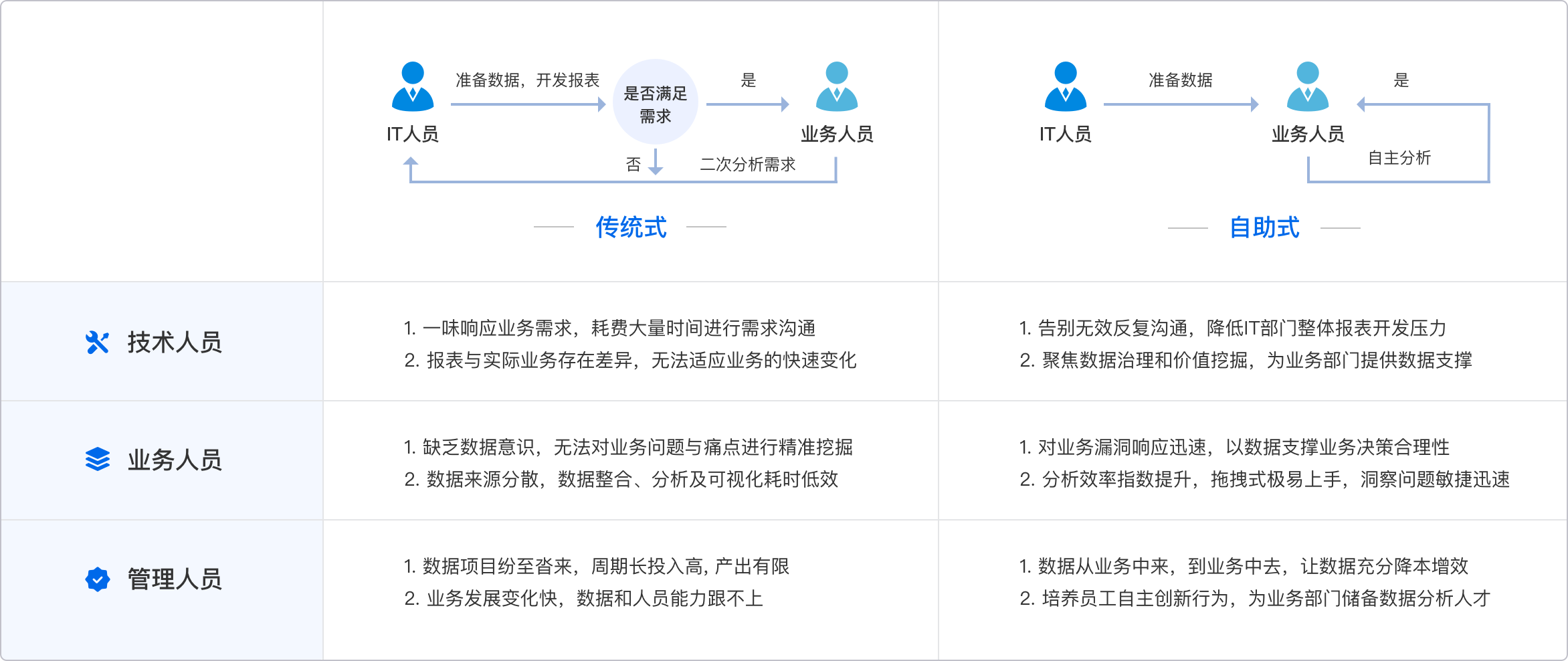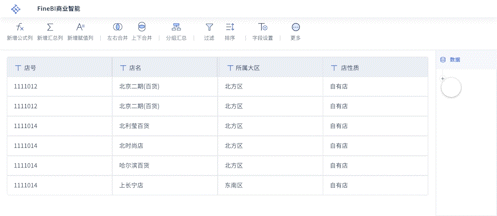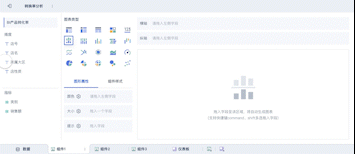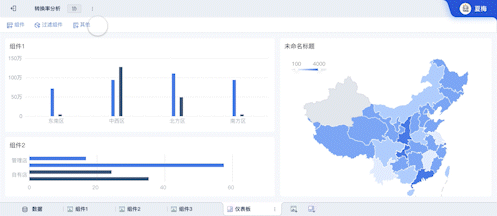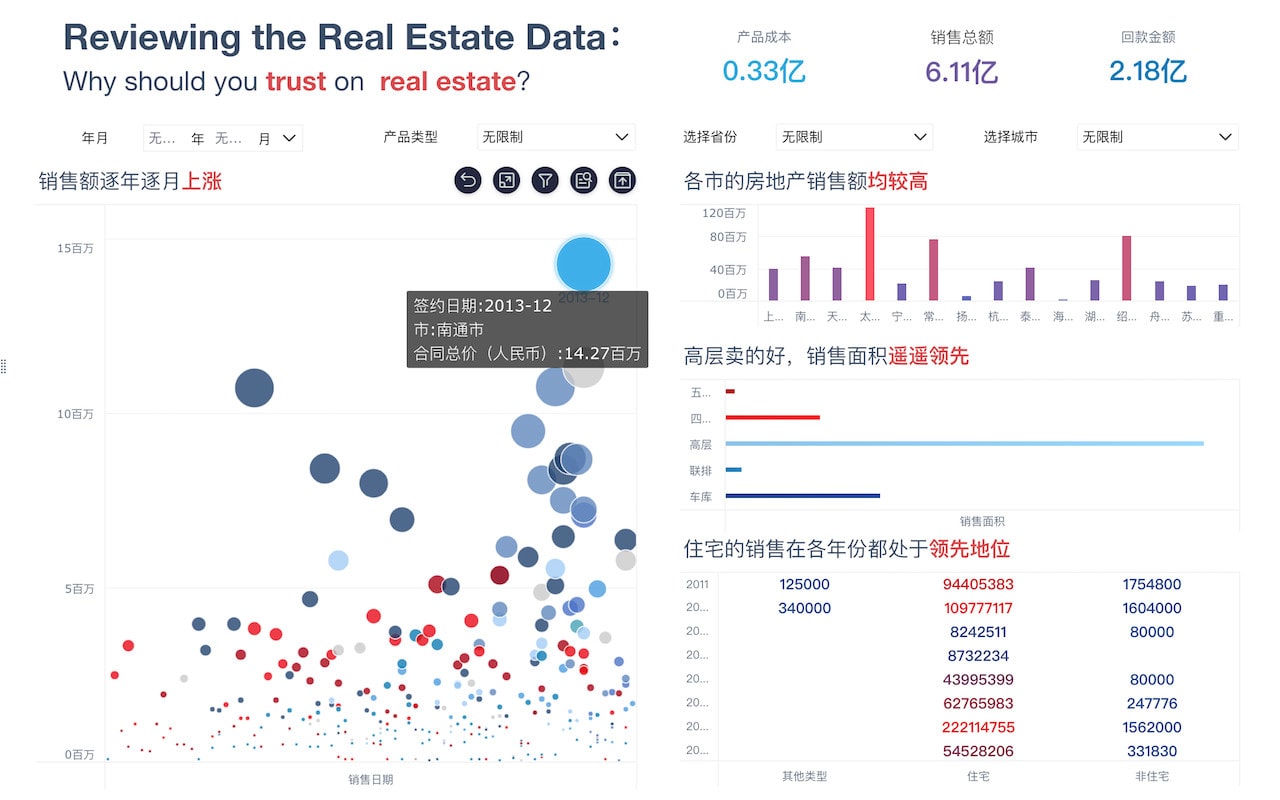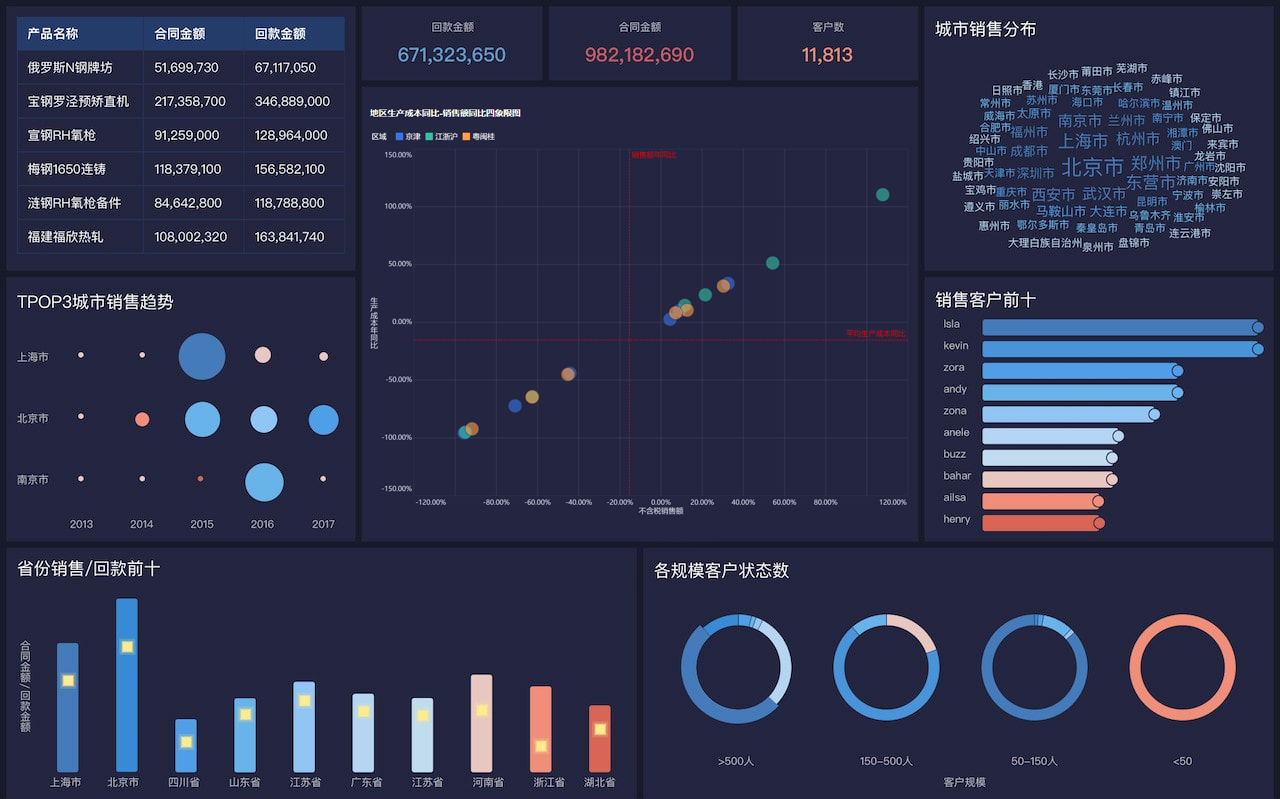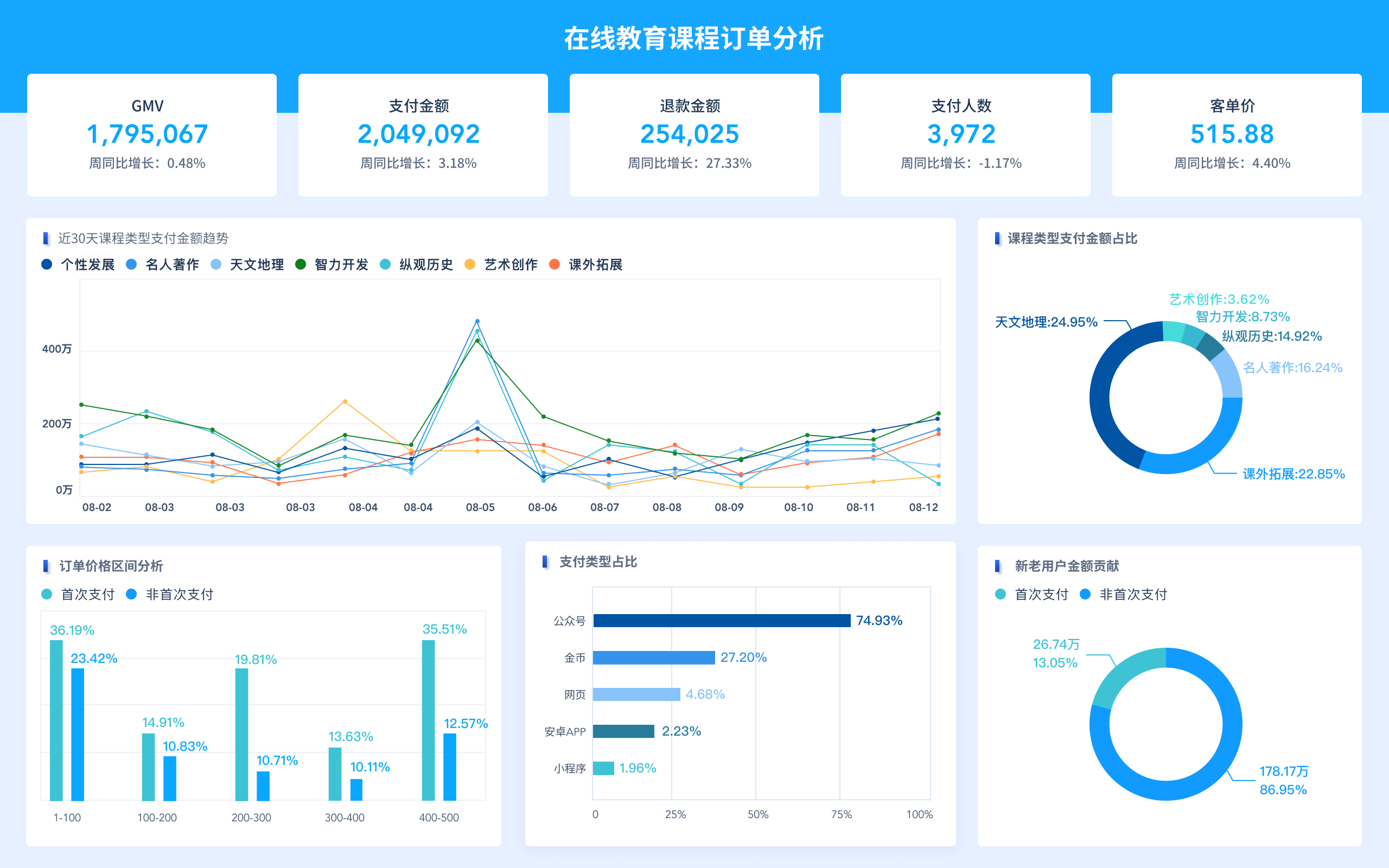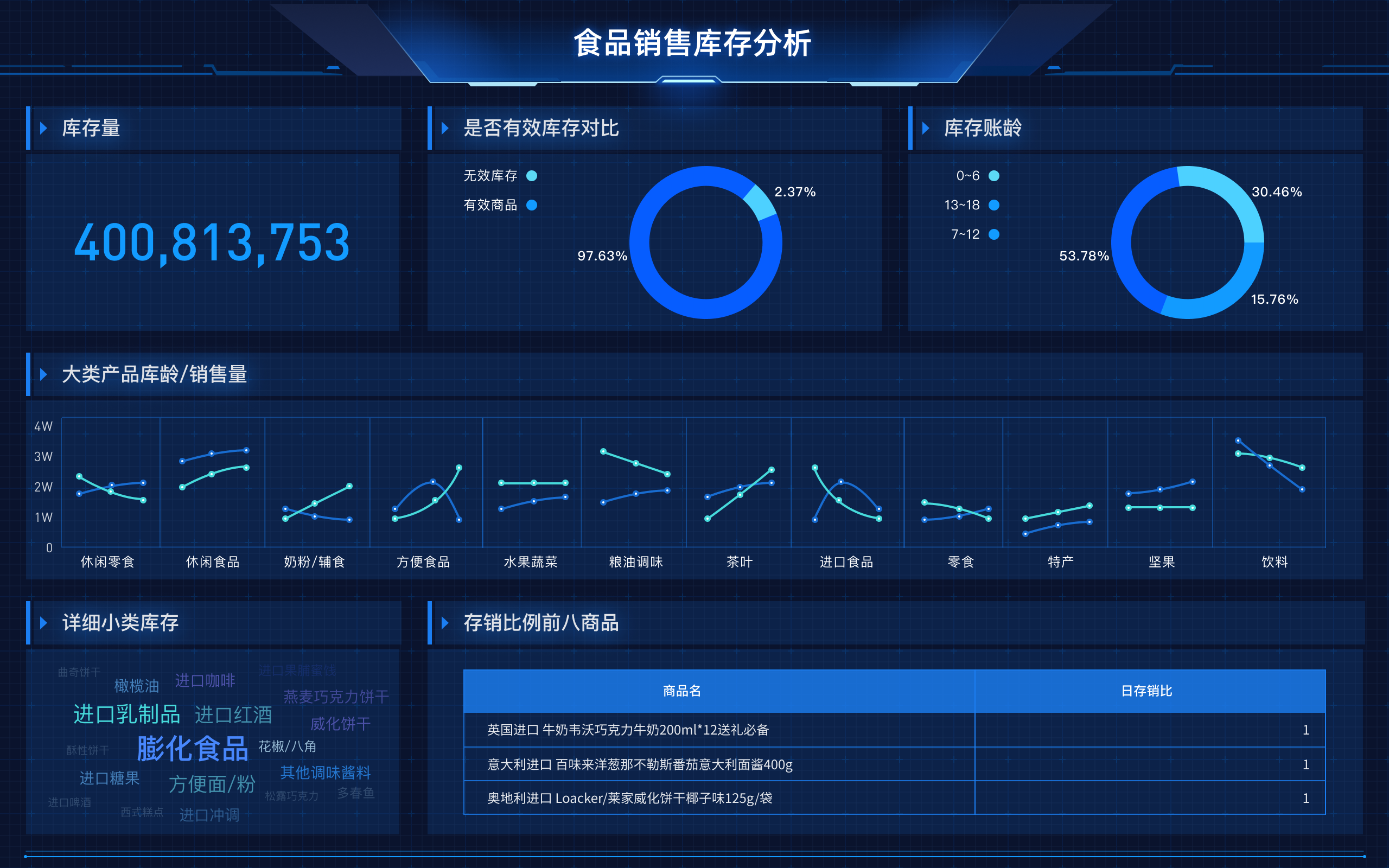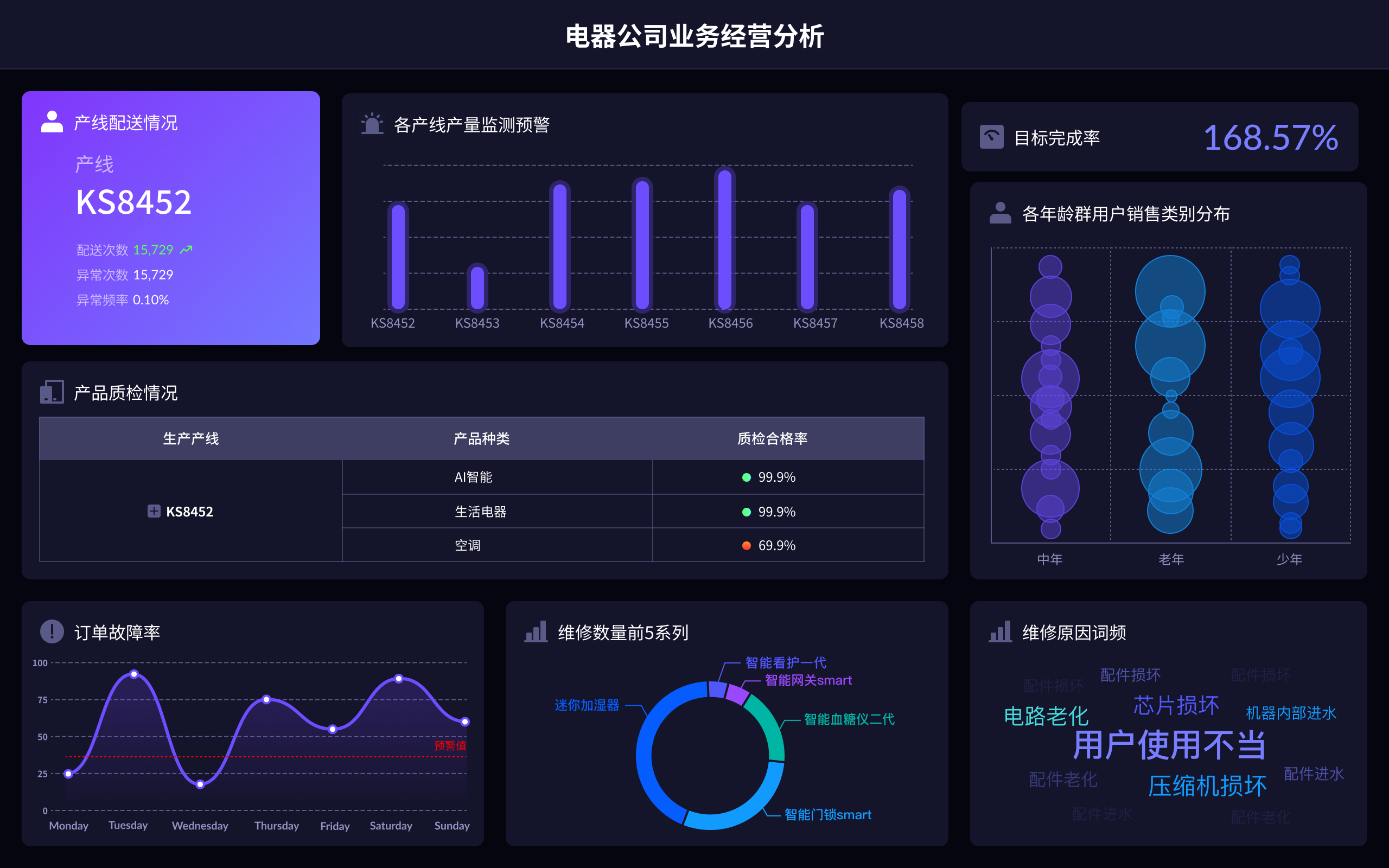
To effectively integrate datasets, data integration involves data warehousing, ETL processes, and real-time data integration techniques. Data warehousing consolidates data from various sources into a central repository, making it accessible and analyzable. ETL (Extract, Transform, Load) processes are crucial in this setup, ensuring data from disparate systems is extracted, transformed to a common format, and loaded into the warehouse. Real-time data integration, on the other hand, supports immediate data processing and analysis, crucial for time-sensitive decision-making. A well-planned ETL process is vital, focusing on data quality and consistency, handling data mapping, transformation, and cleaning to ensure the integrated data is reliable and useful.
I. DATA WAREHOUSING
Data warehousing serves as the backbone of data integration, providing a central repository where data from various sources is stored. This centralized approach simplifies data analysis and reporting by offering a unified view of the data. The warehouse structure typically supports OLAP (Online Analytical Processing), enabling complex queries and data analysis across multiple dimensions. When setting up a data warehouse, it’s crucial to consider factors like scalability, security, and data redundancy. The choice of a data warehouse platform can significantly impact the efficiency and performance of the system. Popular platforms include Amazon Redshift, Google BigQuery, and Microsoft Azure SQL Data Warehouse. These platforms offer cloud-based solutions, providing flexibility and scalability, essential for handling large datasets.
DATA WAREHOUSING BENEFITS
Data consistency is a key benefit, as it ensures uniform data definitions and metrics across the organization. Scalability allows the system to grow with the data volume, avoiding bottlenecks in data processing and storage. Security measures are critical, as data warehouses often hold sensitive information. Implementing robust access controls, encryption, and monitoring can help protect data integrity and confidentiality.
II. ETL PROCESSES
ETL processes are fundamental to data integration, responsible for extracting data from source systems, transforming it into a suitable format, and loading it into the data warehouse. This process handles various data types and formats, including structured, semi-structured, and unstructured data. The Extract phase involves identifying and pulling data from diverse sources like databases, APIs, and flat files. The Transform phase is critical for data cleansing, normalization, and aggregation, ensuring data quality and consistency. Finally, the Load phase involves inserting the transformed data into the data warehouse.
ETL BEST PRACTICES
A robust ETL process should include data validation checks to ensure data accuracy and completeness. Data transformation rules must be well-defined and documented, covering aspects like data type conversions, deduplication, and error handling. Automation of ETL processes can enhance efficiency and reduce the risk of human error. Tools like Apache NiFi, Talend, and Informatica offer comprehensive ETL solutions, supporting complex data workflows and integration scenarios.
III. REAL-TIME DATA INTEGRATION
Real-time data integration focuses on the immediate processing and analysis of data as it is generated, essential for applications requiring timely insights. Unlike traditional batch processing in data warehousing, real-time integration deals with continuous data flows, supporting event-driven architectures. This approach is particularly valuable in scenarios like IoT data streams, financial transactions, and customer interaction monitoring, where latency can impact decision-making and operational efficiency.
REAL-TIME INTEGRATION TOOLS AND TECHNIQUES
Implementing real-time data integration requires specialized tools and technologies, such as Apache Kafka for data streaming, Apache Flink for stream processing, and cloud-based solutions like AWS Kinesis. These tools support high throughput and low-latency data processing, ensuring real-time insights. Key considerations include handling data latency, ensuring data consistency across systems, and managing data security in transit.
IV. DATA QUALITY AND GOVERNANCE
Maintaining data quality and governance is critical in data integration, as poor-quality data can lead to inaccurate analyses and decisions. Data quality measures involve data profiling, data cleansing, and data enrichment processes. Data governance ensures that data management practices align with organizational policies and regulations, covering data ownership, metadata management, and compliance.
IMPLEMENTING DATA GOVERNANCE FRAMEWORKS
A comprehensive data governance framework includes defining data stewardship roles, establishing data policies and standards, and implementing data monitoring and auditing mechanisms. This framework helps organizations maintain data integrity, ensure compliance with data protection laws, and optimize data usage. Tools like Collibra, Alation, and Informatica Data Governance support these initiatives, offering capabilities for data cataloging, policy management, and data lineage tracking.
V. CHALLENGES AND SOLUTIONS IN DATA INTEGRATION
Data integration presents several challenges, including handling diverse data formats, ensuring data security, and managing data transformations. Data heterogeneity can complicate integration efforts, requiring comprehensive mapping and transformation strategies. Security concerns must be addressed, particularly when integrating sensitive data from multiple sources. Scalability is another challenge, as data volumes grow, necessitating robust infrastructure and resource management.
STRATEGIES FOR OVERCOMING INTEGRATION CHALLENGES
To overcome these challenges, organizations should adopt a modular and flexible architecture, allowing for easy scalability and integration of new data sources. Investing in skilled personnel with expertise in data engineering and data science is crucial, as they can design and implement efficient integration solutions. Leveraging modern data integration platforms that support both batch and real-time processing can also enhance integration capabilities, offering a comprehensive toolkit for diverse data scenarios.
VI. FUTURE TRENDS IN DATA INTEGRATION
As data integration evolves, several trends are shaping its future, including the rise of cloud-native data integration, AI-driven data processing, and edge computing. Cloud-native approaches offer scalability, flexibility, and cost-efficiency, enabling organizations to integrate data from global sources seamlessly. AI-driven technologies enhance data integration by automating data mapping, anomaly detection, and predictive analytics, reducing manual effort and improving accuracy.
EDGE COMPUTING AND ITS IMPACT
Edge computing is gaining traction, particularly in IoT applications, by processing data closer to the source. This approach reduces latency, improves response times, and optimizes bandwidth usage, making it ideal for real-time applications. The integration of edge computing with central data systems ensures comprehensive data analysis while leveraging local processing power for immediate insights.
CONCLUSION
In conclusion, data integration is a complex but essential process for modern organizations, enabling comprehensive data analysis and informed decision-making. By leveraging data warehousing, ETL processes, and real-time integration techniques, organizations can harness the full potential of their data. The focus on data quality, governance, and overcoming integration challenges ensures that integrated data is reliable and valuable. As technology advances, embracing new trends and tools will further enhance data integration capabilities, driving innovation and efficiency in data management.
相关问答FAQs:
如何进行数据集成?
数据集成是将来自不同来源的数据汇集到一个统一系统中的过程,以便进行综合分析和决策支持。以下是关于如何进行数据集成的三条常见问题及其详细解答:
1. 数据集成的主要步骤有哪些?
数据集成通常包括几个关键步骤,这些步骤帮助确保数据的完整性、准确性和一致性。首先,需要对数据源进行深入的了解。这包括识别数据源的类型(如数据库、文件、API等),以及数据的结构、格式和内容。其次,进行数据提取,这是从各种数据源中获取数据的过程。提取的数据可能需要转换成统一的格式,以便于进一步处理。接下来是数据转换,主要是对提取的数据进行清洗、转换和标准化,以确保数据的一致性和质量。最后,数据加载将处理后的数据导入到目标系统或数据仓库中,以供后续分析和使用。整个过程涉及数据的融合、匹配和整合,以实现全面的视图和报告。
2. 数据集成过程中常见的挑战有哪些?
在数据集成过程中,常常会遇到一些挑战。数据质量问题是其中之一,数据源中可能存在的不一致、重复或错误的数据会影响最终结果。另一个挑战是数据源的多样性,不同的数据源可能采用不同的格式和标准,这使得数据的整合变得复杂。数据隐私和安全问题也不容忽视,特别是在处理敏感数据时,需要确保遵守相关法规和标准。此外,数据集成的技术选择也是一个挑战,选择合适的工具和平台可以影响集成的效率和效果。解决这些挑战通常需要综合运用数据清洗、数据转换和数据治理等技术,以及制定合理的数据集成策略。
3. 数据集成常用的技术和工具有哪些?
数据集成有许多技术和工具可以选择,这些工具可以帮助简化和自动化数据集成过程。一些常见的技术包括ETL(提取、转换、加载)工具,这些工具可以帮助从不同数据源中提取数据,并进行必要的转换,然后将数据加载到目标系统中。数据虚拟化技术也是一种常见的集成方式,它允许用户在不实际移动数据的情况下访问和操作数据。数据仓库技术也在数据集成中发挥了重要作用,通过将数据集中存储和组织,提供了统一的数据视图。常用的数据集成工具包括Apache Nifi、Talend、Informatica、Microsoft SQL Server Integration Services (SSIS)等。这些工具各有特色,用户可以根据具体需求选择最合适的工具进行数据集成。
本文内容通过AI工具匹配关键字智能整合而成,仅供参考,帆软不对内容的真实、准确或完整作任何形式的承诺。具体产品功能请以帆软官方帮助文档为准,或联系您的对接销售进行咨询。如有其他问题,您可以通过联系blog@fanruan.com进行反馈,帆软收到您的反馈后将及时答复和处理。


